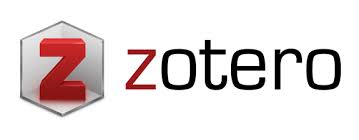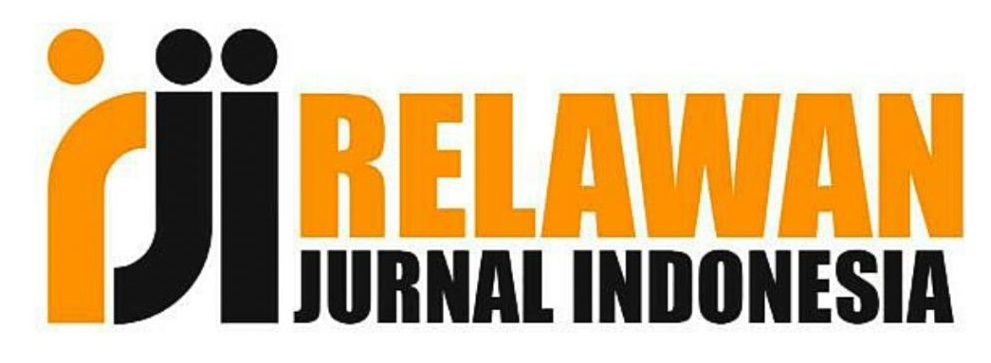Keterampilan Statistika dan Data Science: Manfaatnya di Berbagai Bidang pada Era Digital
DOI:
https://doi.org/10.36277/abdimasuniversal.v4i2.245Keywords:
data science, statistics, digital era, job opportunitiesAbstract
Data Scientist is a trending career in recent years. The survey results show that the need for a data scientist is high, but the availability is very low with limited capabilities. A data scientist needs statistics and programming skills. But, from a student's point of view, statistics is considered the same as mathematics, so it is less desirable because it is mathematical and is considered difficult. Students as prospective workers need to have insight into how to work and skills in the era of the industrial revolution 4.0. Failure to adapt to this new era will lead to increased unemployment of working age in the future. It is important to make the younger generation understand about statistics and data science skills, including the opportunities and job that exist, so efforts are needed to disseminate them. It is hoped that after understanding it, the younger generation will be interested in choosing a profession related to digital. The target audience is students of SMAN 3 Jember. The method used is presentation, then evaluation using a questionnaire. More than 79% of students rated the material presented as important, interesting and up to date. Students can also understand most of the material given, and the level of student interest in both fields is very high. This activity was generally successful.
Downloads
References
Agrawala, A., & Choudhary, A. (2016). Perspective: Materials Informatics and Big Data: Realization of the “Fourth Paradigm” of Science in Materials Science. APL MATERIALS, 4(5), 053208.
APEC. (2017). Human Resource Development Working Group, Data Science and Analytics Skills Shortage: Equipping the APEC Workforce with the Competencies Demanded by Employers.
Hairani, & Amrullah, A. Z. (2020). Pelatihan Pengenalan Data Science untuk Meningkatkan Kemampuan dalam Pengolahan Data. Jurnal Abdidas, 1(3), 95-99.
Hey, T., Tansley, S., & Tolle, K. (2009). The Fourth Paradigm: Data-Intensive Scientific Discovery. Eds. Redmond, VA: Microsoft Research, 2009.
Hurlock, E. B. (2012). Psikologi perkembangan, suatu pendekatan sepanjang rentang kehidupan (terjemahan). Jakarta: Erlangga.
Igual, L., & Segui, S. (2017). Introduction to Data Science: A Python Approach to Concepts, Techniques and Applications. Switzerland: Springer International publishing.
Khan, S., & Alqahtani, S. (2020). Big Data Application and its Impact on Education. International Journal of Emerging Technologies in Learning, 15(17), 36-46.
Linkedin-Indon. (2020). Emerging Jobs Report Indonesia, 2020.
Marwanza, I., dkk. (2022) Penerapan Geostatistik dalam Analisis Spasi Lubang Bor bagi Perencana Eksplorasi Tambang. Abdimas Universal, 4(1), 110-115.
Moertini, V. S., & Adithia, M. T. (2020). Pengantar Data Science dan Aplikasinya bagi Pemula. Bandung: Unpar Press.
Nainggolan, D. R. M. (2017). Data Science, Big Data, and Predictive Analytics: A Platform for Cyberspace Security Intelligence. Journal of Defense & State Defense, 7(2), 38-54.
Narayana, M. S., et al. (2021). Research Challenges and Opportunities in DataScience - An Intensive Review. Linguistica Antverpiensia, 2, 75-80.
Narendrati, N. (2017). Komparasi Pembelajaran Statistika Melalui Pendekatan CTL dan Problem Posing Ditinjau dari Prestasi Belajar dan Minat Belajar Matematika. Jurnal Riset Pendidikan Matematika, 4(1), 67-77.
Natasuwarna, A. P. (2019). Pendekatan Data Mining Memprediksi Profil Sosial Masyarakat Menggunakan Aplikasi RapidMiner. Seminar Nasional Pengabdian pada Masyarakat (SNPMas), (pp 38-44). Makassar.
Nishadi, A. S. T. (2018). Big Data on Cloud Computing, Challenges and Opportunities – A Conceptual Model. International Journal of Science and Research, 7(10), 1146-1150.
Sawitri, D. (2019). Revolusi Industri 4.0: Big Data Menjawab Tantangan Revolusi Industri 4.0. Jurnal ilmiah Maksitek 4(3), 1-9.
Sihombing, S. C., & Rahmawati. (2019). Penyuluhan Penerapan Ilmu Statistik di SMA Negeri 1 Talang Kelapa Banyuasin, Sumatera Selatan. Jurnal Panrita Abdi, 3(1), 47-52.
Spanos, A. (2019). Probability Theory and Statistical Inference. 2nd Ed. New York: Cambridge University Press.
Syukron, M. (2018). Profil Siswa SMA dalam Memecahkan Masalah Statistika berdasarkan Tingkat Kemampuan Matematika. Fibonacci, 4(1), 71-86.
The Economist. (2017). Edisi 6 Mei 2017. https://www.economist.com/leaders/2017/05/06/the-worlds-most-valuable-resource-is-no-longer-oil-but-data, diakses 15 Januari 2022.
Umachandran, K., et al. 2019. Industry 4.0: The New Industrial Revolution. In: Big Data Analytics for Smart and Connected Cities (pp.138 - 156); Chapter: 6; Publisher: IGI Global.
Wahyudin, I., Tosida, E. T., Andria, F. (2019). Teori dan Panduan Praktis Data Science dan Big Data. Bogor: Lembaga Penelitian dan Pengabdian pada Masyarakat Universitas Pakuan.
Yusuf, O. (2018). Talenta Data Scientist di Indonesia, Permintaan Tinggi Pasokan Kurang. https:// tekno.kompas.com/read/2018/03/23/09210087/talenta-data-scientist-di-indonesia-permintaan-tinggi-pasokan-kurang, diakses 15 Januari 2022.





















